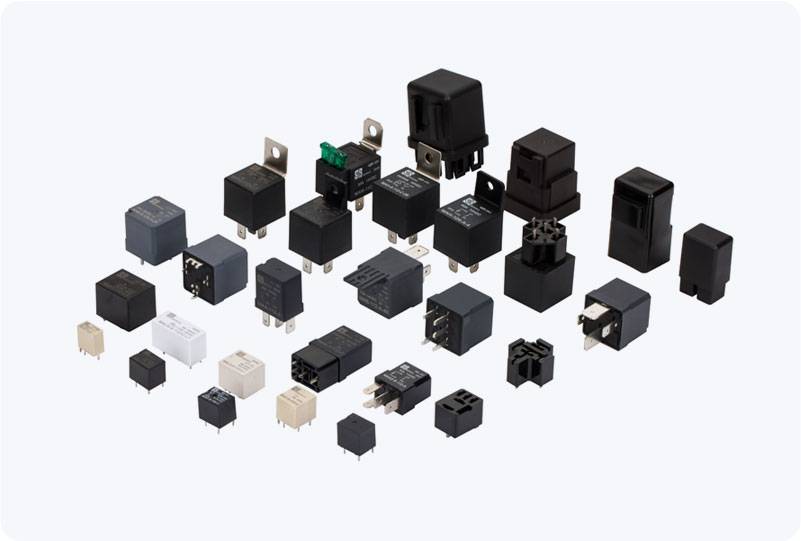The PCB (Printed Circuit Board) electromagnetic relay plays a pivotal role in controlling electrical circuits and is integral to many modern electronic applications. These relays serve as the intermediary devices that allow small control signals to switch larger, high-power electrical circuits on or off. In this article, we will explore the function, components, and practical applications of PCB electromagnetic relays, highlighting their significance in contemporary electronics.

What is a PCB Electromagnetic Relay? A PCB electromagnetic relay is an electromechanical switch that uses an electromagnetic coil to open or close contacts within an electronic circuit. It is mounted directly onto the PCB, and its core function is to facilitate the switching of high-power or high-voltage circuits using low-power control signals. This ability is critical for applications that require precise switching without physically engaging the circuits, offering both electrical isolation and safety. How Does a PCB Electromagnetic Relay Work? At the heart of the PCB electromagnetic relay is an electromagnet, typically wound into a coil. When an electric current flows through this coil, it generates a magnetic field. This magnetic field attracts an armature, which moves to either close or open the contacts, thus completing or interrupting the circuit. The contacts can be normally open (NO) or normally closed (NC), depending on the relay’s configuration.